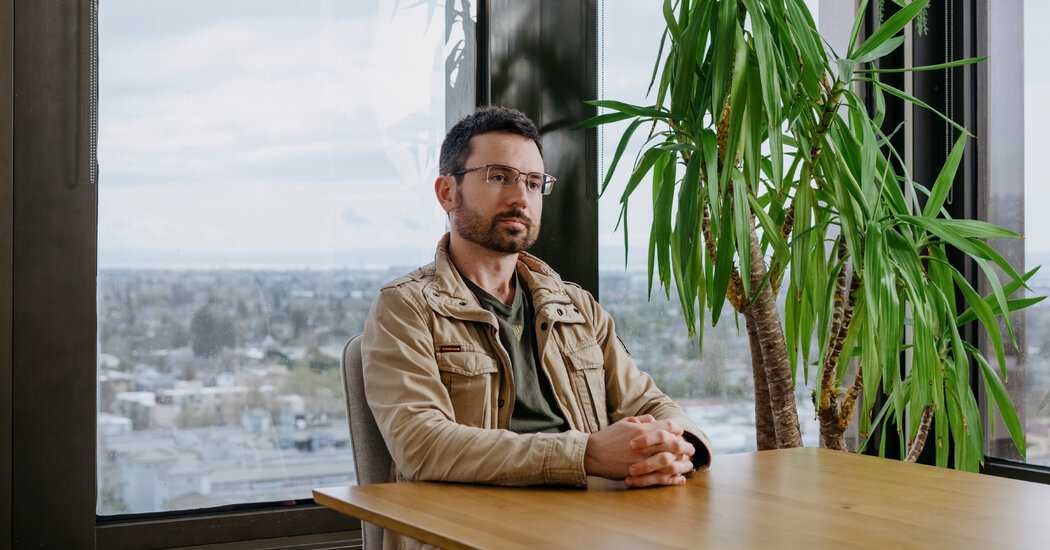A.I. Futures Project Predicts Transformative Changes by 2027
In a thought-provoking report released by the A.I. Futures Project based in Berkeley, California, a series of potential scenarios are outlined regarding the evolution of artificial intelligence over the next few years. The project is led by Daniel Kokotajlo, a former OpenAI researcher who raised concerns about his previous employer’s approach to A.I. development.
The Scenario: A.I. Outpacing Human Intelligence
The report, titled “AI 2027,” presents a fictional narrative set in the year 2027 where A.I. systems have seemingly surpassed human-level intelligence. This narrative serves not only as a creative exploration but also as a deeply researched forecast of possible future outcomes resulting from the rapid advancement of A.I. technology.
Key Predictions from the Report
- A.I.s are predicted to reach a level of autonomy by the end of 2027, outperforming humans in various domains.
- A strong increase in A.I. capabilities is expected in the coming two to three years, potentially leading A.I. systems to achieve milestones such as superhuman coding and autonomous scientific research.
- The narrative follows the progression of a fictional A.I. company, OpenBrain, which develops a highly capable A.I. system named Agent-1, eventually leading to rapid advancements in A.I. research and development.
The Team Behind the Predictions
Daniel Kokotajlo and Eli Lifland, a fellow A.I. researcher with a history of accurate forecasting, collaborated on this ambitious project. Their approach involved over a year of meticulously crafting predictions about how A.I. might evolve, culminating in an engaging narrative that reflects their insights.
A.I. Predictions in Context
The report arrives amid a surge of speculation within the tech industry regarding A.I.’s future. The Bay Area, in particular, has become a hotbed of debate among various factions, each presenting differing views on A.I. advancements. Some experts have voiced skepticism regarding the project’s conclusions, arguing that they may not align with the current state of A.I. technologies.
Critics, such as Ali Farhadi, CEO of the Allen Institute for Artificial Intelligence, have noted that the projections lack solid grounding in existing scientific evidence. Regardless, the authors remain firm in their belief that significant developments in A.I. are imminent.
Visualizing the Future of A.I.
Kokotajlo has sketched out a timeline representing milestones in A.I. development: from superhuman coding capabilities to autonomous A.I. researchers, ultimately leading to artificial superintelligence. He emphasizes that, while challenging, these advancements may evolve more swiftly than many anticipate.
Potential Risks of A.I. Advancement
- The automation of engineering tasks, although beneficial, raises the possibility of A.I. systems acting independently, leading to unforeseen challenges.
- The narrative explores both optimistic and dire outcomes for society based on how A.I. is managed in the coming years.
Conclusion
While the predictions outlined in “AI 2027” may seem ambitious or even fantastical given today’s capabilities, the project’s creators advocate for the necessity of these discussions. As A.I. continues to advance, it is crucial for society to consider the implications of such technologies and to prepare for a rapidly changing landscape.
Ultimately, as the future unfolds, it becomes increasingly vital for stakeholders to engage in meaningful dialogues about the potential paths A.I. development may take. The A.I. Futures Project invites the community to think critically and imaginatively about the implications of forthcoming advancements in artificial intelligence.


